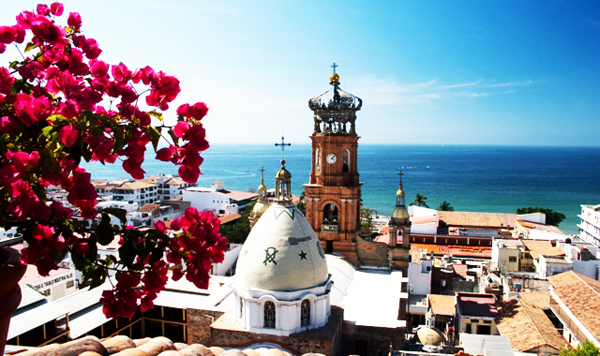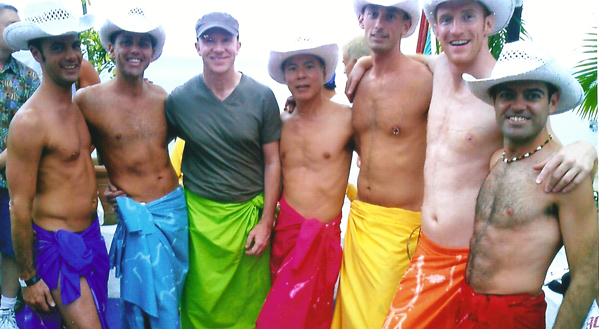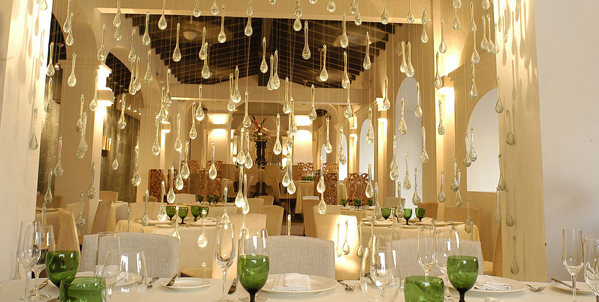Jacobo and María Angeles wood carvers at Colectika
Colectika is featuring two legendary Oaxaca wood carvers, Jacobo and
María del Carmen Angeles, on Wednesday, February 27, 6 – 10 pm. Don’t miss this great opportunity to meet two of the most successful, most collected folk
artists in Mexico.
Collectors from around the world have learned to appreciate the
primitive art created in small villages by a number of ethnic groups
around Mexico. New infrastructure, cellular technology and the internet are now connecting these villages—previously completely
isolated—with the outside world, resulting with a myriad of new,
artistic ideas and art forms.
Many of these can be grouped in a specific trend, known as Ancestral
Contemporary, a movement headed by a handful of artists who are taking
the traditional folk art that their ancestors have done for years, and
making it modern. Undoubtedly one of the best examples today of the
Ancestral Contemporary movement is Jacobo Angeles and his wife Maria del
Carmen. Together they have single-handedly taken the traditional
Oaxacan wood carving to a whole new level.
Manuel Jimenez may be considered the founder of the wood carving
tradition in Oaxaca but it was Jacobo and Maria who took the primitive
carvings and turned them into what can only be considered fine art
because of the amazing detail in their painting.
Jacobo and Maria live in San Martin Tilcajete, a Zapotec Indian
village about 45min. from the city of Oaxaca. When a baby is born in the
village, they are given a small animal that is their totem. Today’s
wood carvings, according to Jacobo, evolved out of this tradition.
Jacobo began carving with his father. But he was catapulted into the
limelight at age 12, with his father’s passing. This forced the young
man to go out on his own to provide for his family.
His indigenous or Zapotec style has been heavily influenced by the
patterns found in Mitla, the ancient Zapotec city famous for its
geometric patterns. The copal wood that Jacobo uses for all of his
carvings has always been considered sacred. Large trunks are used to
make big carvings but Jacobo prefers branches because he can use the
natural curves to bring his carvings to life.
Virtually everyone in the village is in the wood carving business but
it’s Jacobo and Maria’s natural paints and incredible attention to
detail, however, that makes their pieces even more attractive to
collectors. It is absolutely incredible to watch Jacobo demonstrate how
some of the natural pigments are created. From the bark of the copal
tree he can create yellow by adding lime and honey. Black is created by
adding calcium and purple by adding baking soda. The most important and
probably best recognized natural pigment is the cochinilla, an insect
that grows on the nopal cactus, over 60 shades of red can be created
using this insect.
Jacobo and Maria’s pieces are prominently displayed in galleries and
museums including the National Museum of Mexican Art in Chicago, the
Smithsonian Native American Museum and the Santa Fe International Museum
of Folk Art to name just a few.
Colectika is located at Guadalupe Sánchez 858, in El Centro.
Source: Kevin Simpson




























